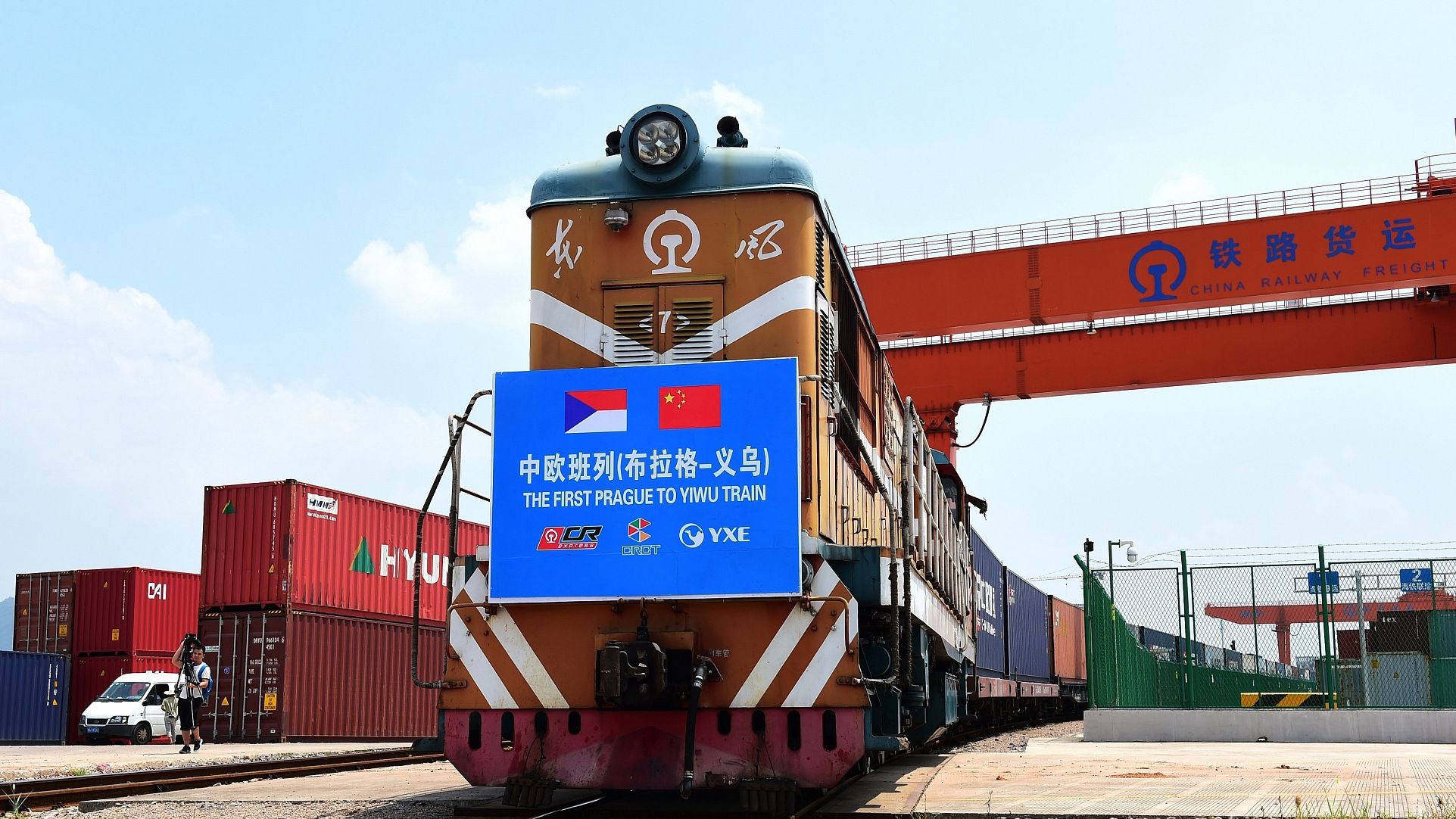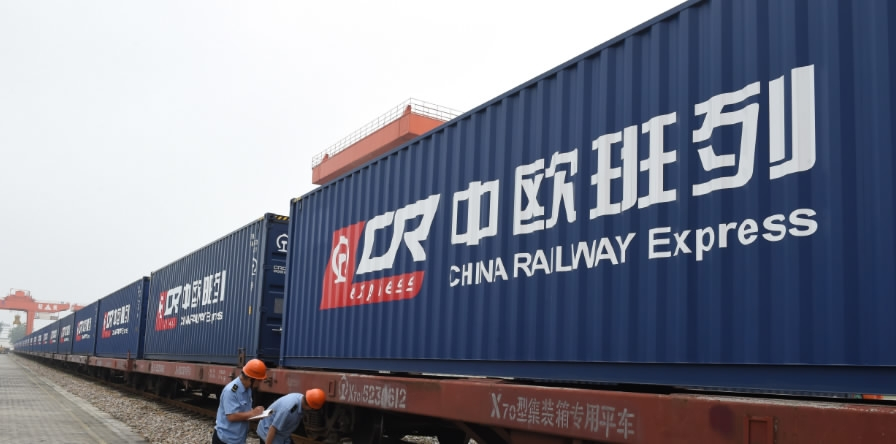
Opinions
17:14, 28-Aug-2018
China and Europe connected under the Belt and Road
Updated
16:51, 31-Aug-2018
Lu Yang

Editor's note: Lu Yang is a research fellow at the Institute of the Belt and Road Initiative of Tsinghua University. The article reflects the author‘s opinion, and not necessarily the views of CGTN.
Since the Belt and Road Initiative (BRI) was put forward in 2013, political and academic circles in Europe have carried out many discussions about the relations between the Belt and Road Initiative and the continent. The most prominent response that European countries have had to the BRI has been to join the Asian Infrastructure Investment Bank (AIIB).
In 2015, some European countries led by the UK, despite the pressure from the US, joined the AIIB as founding members. At the subsequent China-EU summit, the two sides reached a consensus that the EU's Juncker Plan needs to be strategically linked to the BRI.

A ceremony held to symbolically mark the start of the third year of law enforcement cooperation between China and Italy in Rome, Italy. May 28, 2018 /Xinhua News Agency
A ceremony held to symbolically mark the start of the third year of law enforcement cooperation between China and Italy in Rome, Italy. May 28, 2018 /Xinhua News Agency
In the same year, China and the EU signed a memorandum of understanding on the establishment of a platform to connect the two and the Council of the European Bank for Reconstruction and Development, one of the most important financial institutions for development in Europe, accepted China as a member.
In general, Western European countries are cautiously optimistic about the BRI, but their participation is insufficient. In some key countries of EU, such as Germany, the government's interest in the BRI has become prudent but Mediterranean countries and Central and Eastern European countries’ attitudes towards the BRI are more positive.
China's economic and trade exchanges with European countries have developed rapidly, and demand for logistics has been strong as many companies in Europe see the business opportunities brought by the BRI. For example, many companies in Poland, Germany, the Netherlands and other countries have links with China in railway transportation.
As a major project in China-EU joint construction, the development of China-Europe freight trains has achieved outstanding results, providing many opportunities for logistics companies in Europe.
In addition, the local governments within many countries are also very interested in the BRI, which is expected to attract more regional investment from China. Cities such as Hamburg and Duisburg in Germany and Lyon in France have expressed strong interest in participating in the BRI.

The China-Europe container trains have become a powerful support for the development of the Belt and Road Initiative. /Xinhua News Agency
The China-Europe container trains have become a powerful support for the development of the Belt and Road Initiative. /Xinhua News Agency
In a joint statement issued after the 20th China-EU Summit on July 16, 2018, the two sides decided to continue to promote China's BRI, linking it with EU initiatives, including the Juncker Plan and the Trans-European Transport Network; to promote “hard connectivity” and “soft connectivity” through compatible sea, land, and air transportation and energy and digital networks.
China and Europe are increasingly interconnected by the BRI in economic, social, financial and environmental sustainability. Complying with market rules, transparency, and creating a level playing field have been set as principles.
With the promotion of various projects and the establishment of more mechanisms, cooperation between China and EU on the BRI will develop and benefit people from both sides.

SITEMAP
Copyright © 2018 CGTN. Beijing ICP prepared NO.16065310-3
Copyright © 2018 CGTN. Beijing ICP prepared NO.16065310-3